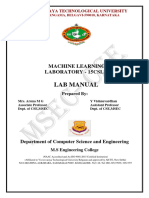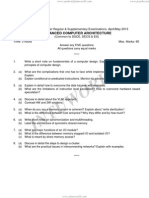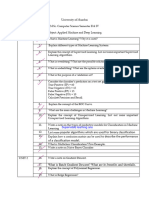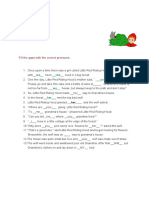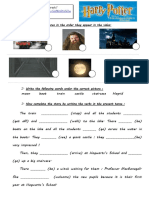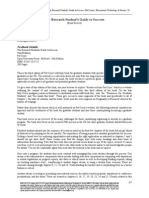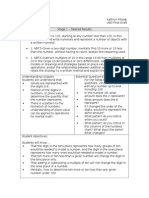0% found this document useful (0 votes)
440 views3 pagesML Question Bank - Beena Kapadia
This document outlines the key concepts, algorithms, and techniques in machine learning across 5 units. It covers topics such as predictive vs descriptive modeling, supervised vs unsupervised learning, linear and logistic regression, decision trees, clustering, neural networks, naive Bayes classifiers, and evaluation metrics. Advanced topics include support vector machines, dimensionality reduction, ensemble methods, deep learning, reinforcement learning, and active learning. The document provides definitions and explanations of these fundamental machine learning concepts.
Uploaded by
Jhon GuptaCopyright
© © All Rights Reserved
We take content rights seriously. If you suspect this is your content, claim it here.
Available Formats
Download as PDF, TXT or read online on Scribd
0% found this document useful (0 votes)
440 views3 pagesML Question Bank - Beena Kapadia
This document outlines the key concepts, algorithms, and techniques in machine learning across 5 units. It covers topics such as predictive vs descriptive modeling, supervised vs unsupervised learning, linear and logistic regression, decision trees, clustering, neural networks, naive Bayes classifiers, and evaluation metrics. Advanced topics include support vector machines, dimensionality reduction, ensemble methods, deep learning, reinforcement learning, and active learning. The document provides definitions and explanations of these fundamental machine learning concepts.
Uploaded by
Jhon GuptaCopyright
© © All Rights Reserved
We take content rights seriously. If you suspect this is your content, claim it here.
Available Formats
Download as PDF, TXT or read online on Scribd
/ 3















